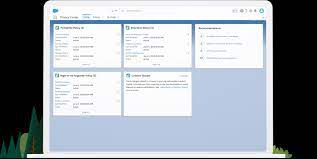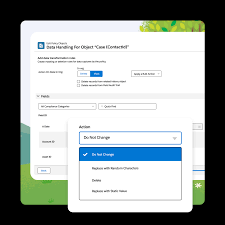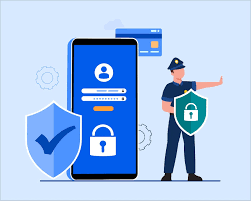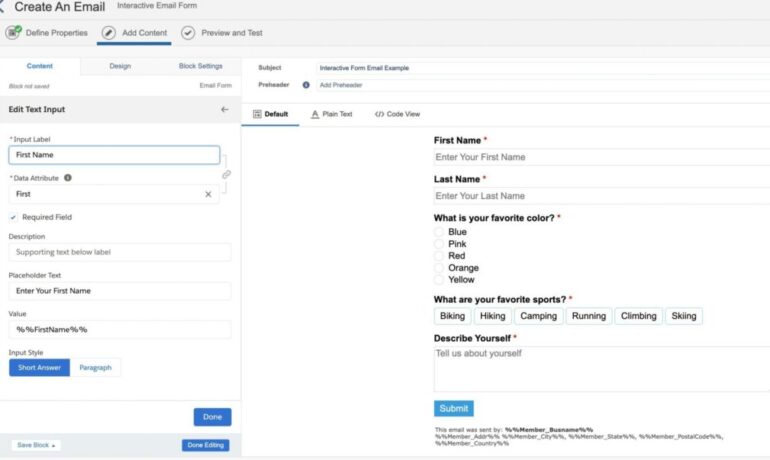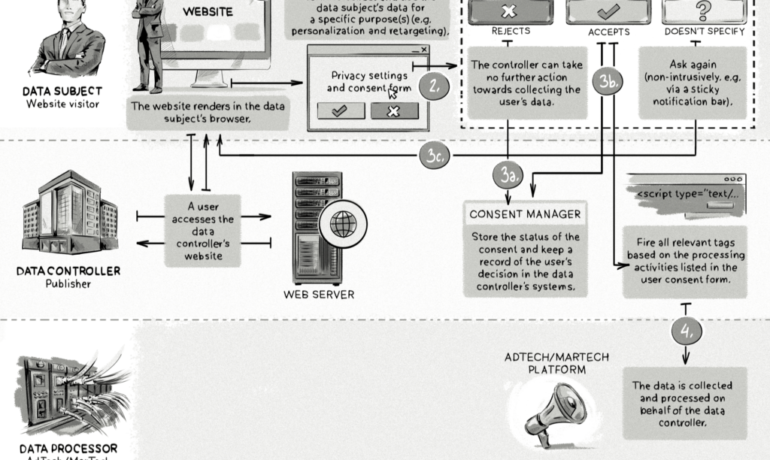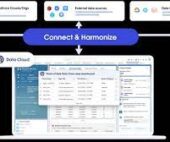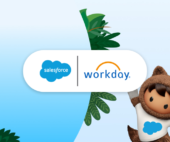iDataMasker for Salesforce FinTech
Safeguarding Data Privacy and Security in the Digital Age with iDataMasker In today’s digital transformation era, data privacy and security are paramount for organizations worldwide. As cloud-based platforms like Salesforce become integral to business operations, robust solutions to protect sensitive information are essential. iDataMasker for Salesforce FinTech powers security in Salesforce banking solutions. Introducing iDataMasker




